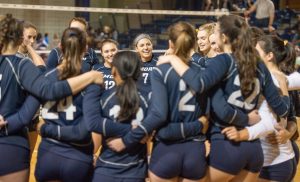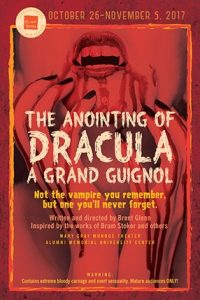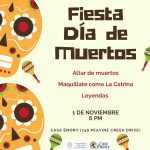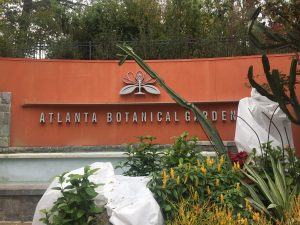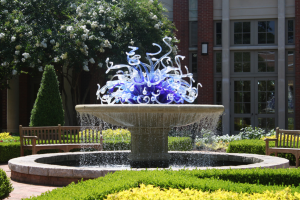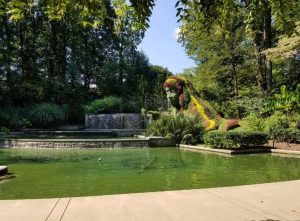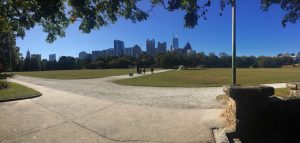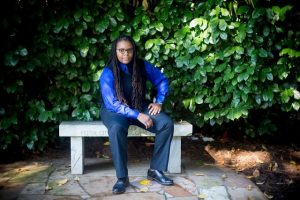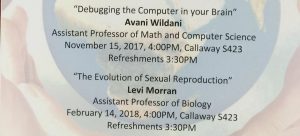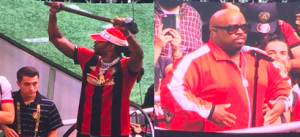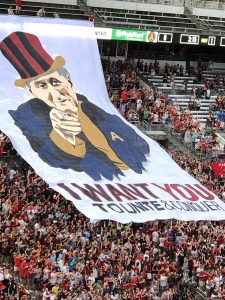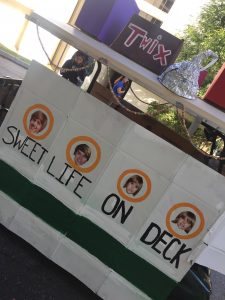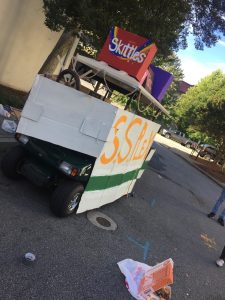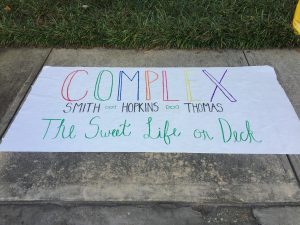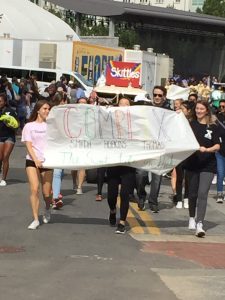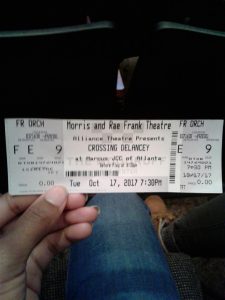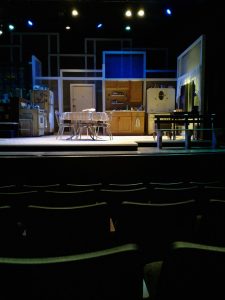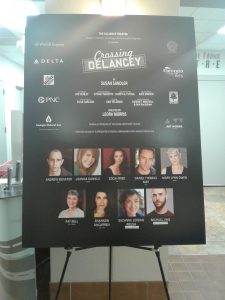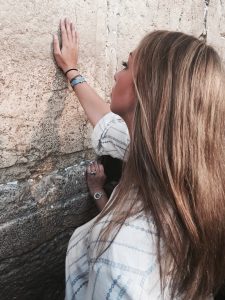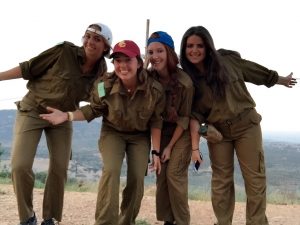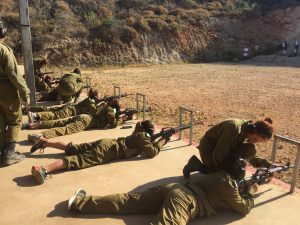The “Israeli Soldiers Tour” began like any other Lecture Series. A confused freshman speeding to an unfamiliar classroom, anxious to have enough time to find the proper room and choose a seat that is not too far or too close to the front before the lecture actually begins. Indeed, this extra time was necessary, for I spent the minutes preceding the lecture frantically strolling through Tarbutton hall and consulting my phone to ensure it was not yet five p.m.
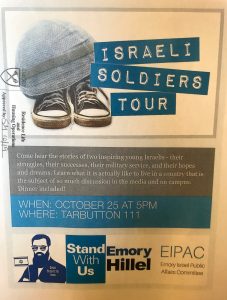
When I finally found Tarbutton 111, I realized that this would not just be any other lecture. Relieved, I walked into a small room full of familiar faces –my best friend, Hebrew classmates, other Emory Jewish community members, and even my Sophomore Advisor. In contrast with previous lectures I have attended, the buffet dinner and informal seating arrangement fostered a comfortable and casual atmosphere. Refreshingly, the age of this audience would bring down the average age of any other lecture by at least half. As opposed to knowledgeable graduate students and professors, the room was enlivened by passionate and committed undergraduate students. In fact, this lecture was so casual that the presenters arrived ten minutes late, attributing their tardiness to “Atlanta traffic.”
Two Emory seniors initiated the lecture, reading the bios of Eden and Joey, the speakers who would be recalling experiences from their military service in the Israeli Defense Forces (IDF). This student-led introduction demonstrated the active role students took in the presentation, as opposed to passively listening. The event itself was held by student groups – Emory Students for Israel, Emory Hillel, and the Emory Israel Public Affairs Committee.

Following the introduction, Eden began her presentation by projecting photos of her best friends, boyfriend, and the city in which she grew up. She wanted to establish that soldiers are more than their green uniforms, advanced machinery, or media coverage – they are normal individuals who treasure their loved ones. Yet again contrasting most lectures, Eden and Joey’s PowerPoint was full of vivid pictures, lacking any text at all. Their visual presentation demonstrated the engaging, well-rounded nature of the lecture. Eden continued by describing her childhood, which she deemed pretty typical. However, she added that living in Israel, she always entertained additional worries. With every brown envelope delivered in the mail came a chance that her father would be called to the army reserves. Furthermore, Eden dreaded the day that she herself would be recruited to join the IDF, which relies on a mandatory draft. Her parents reassured her that by the time she was 18, Israel would not have a draft, but this has yet to prove true. Eden now finds herself sharing these same words of reassurance with her younger brothers.
When asked about her biggest takeaway from her army service, Eden responded that “the word responsibility gets a whole new definition.” Only in her young 20s, Eden commanded 70 female soldiers and led their basic training. When her soldiers were granted weekends at home, Eden felt responsible for ensuring that they all arrived home safely, demonstrating her care and the seriousness with which she approached her job. With Eden’s responsibility came an increased sense of worry. When bomb threats went off, she could not console herself by referring to the slim chance that it would directly affect her or her family. She was responsible for 70 soldiers that spanned the map of Israel, and a bomb threat meant that any one of them could be in danger.
Eden’s thick Israeli accent was then replaced with a strong and unexpected American voice. In his presentation, Joey immediately addressed this surprise, sharing that he grew up in Las Vegas. He jokingly clarified that no, his mother was not a stripper, his father was not a casino owner, and he did not live in a hotel. Joey’s involvement in the B’nai B’rith Youth Organization (BBYO), a Jewish youth movement, inspired him to enlist in the Israeli army. On a trip to Poland, Joey visited Jewish death camps with a Holocaust survivor. As the survivor was sobbing and grieving for his lost relatives, Joey watched a group of Israeli soldiers march through the camp. This juxtaposition of Jewish pride and strength in the face of the sadness and loss of the Holocaust hit Joey. He knew he must enlist.
During college, Joey remained involved in Israeli causes, and immediately following graduation, he made Aliyah (Hebrew for “the act of going up”), officially becoming an Israeli citizen. At the beginning of his service, Joey did not even know Hebrew. Since all army commands are delivered in advanced Hebrew, Joey learned the language by doing endless push-ups as punishments for his inability to understand or perform the orders.
Like Eden, Joey’s army service was life-changing and informed all of his future endeavors. From it, he derived that “You are a part of something that’s bigger than yourself.” Joey has continued to pursue his passion for Israel by working at Stand With Us, an organization committed to Israel education and advocacy. He also volunteers at The Lone Soldier Center, where he ensures the physical and social health of Lone Soldiers, soldiers who voluntarily join the Israeli army from abroad, like himself.
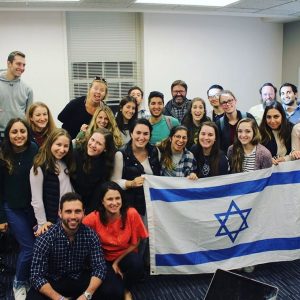
While the Israeli army faces extreme media and political scrutinization, this event humanized the members of the IDF. Israelis our age are enlisting in the army and defending their country. Both Joey and Eden’s stories demonstrated the life experience that army service provides and how embedded this service is in Israeli culture. Hearing these relatable, well-delivered retellings in a communal environment made the message loud and clear: through their army service, Israelis gain a self-awareness and clarity about their dearest values that is beyond their years.


